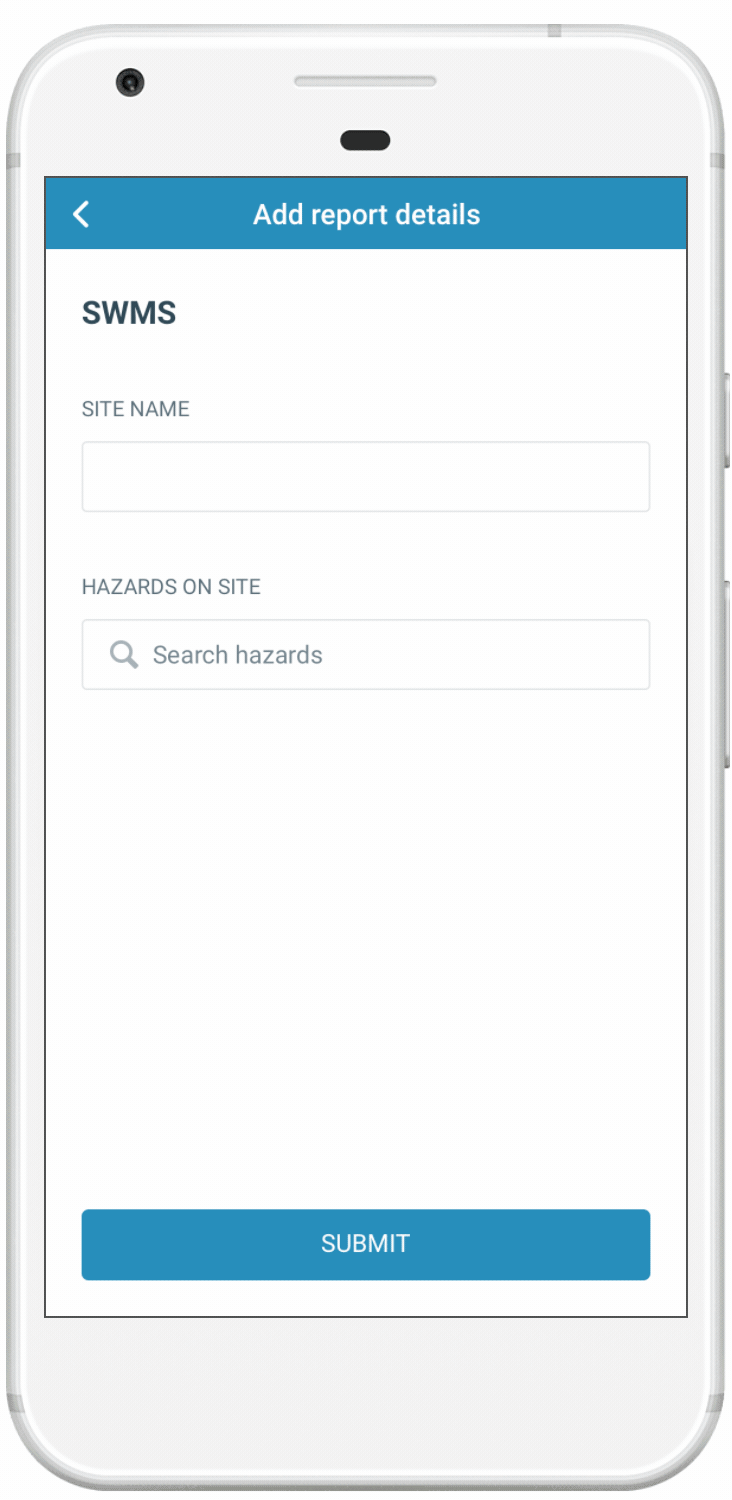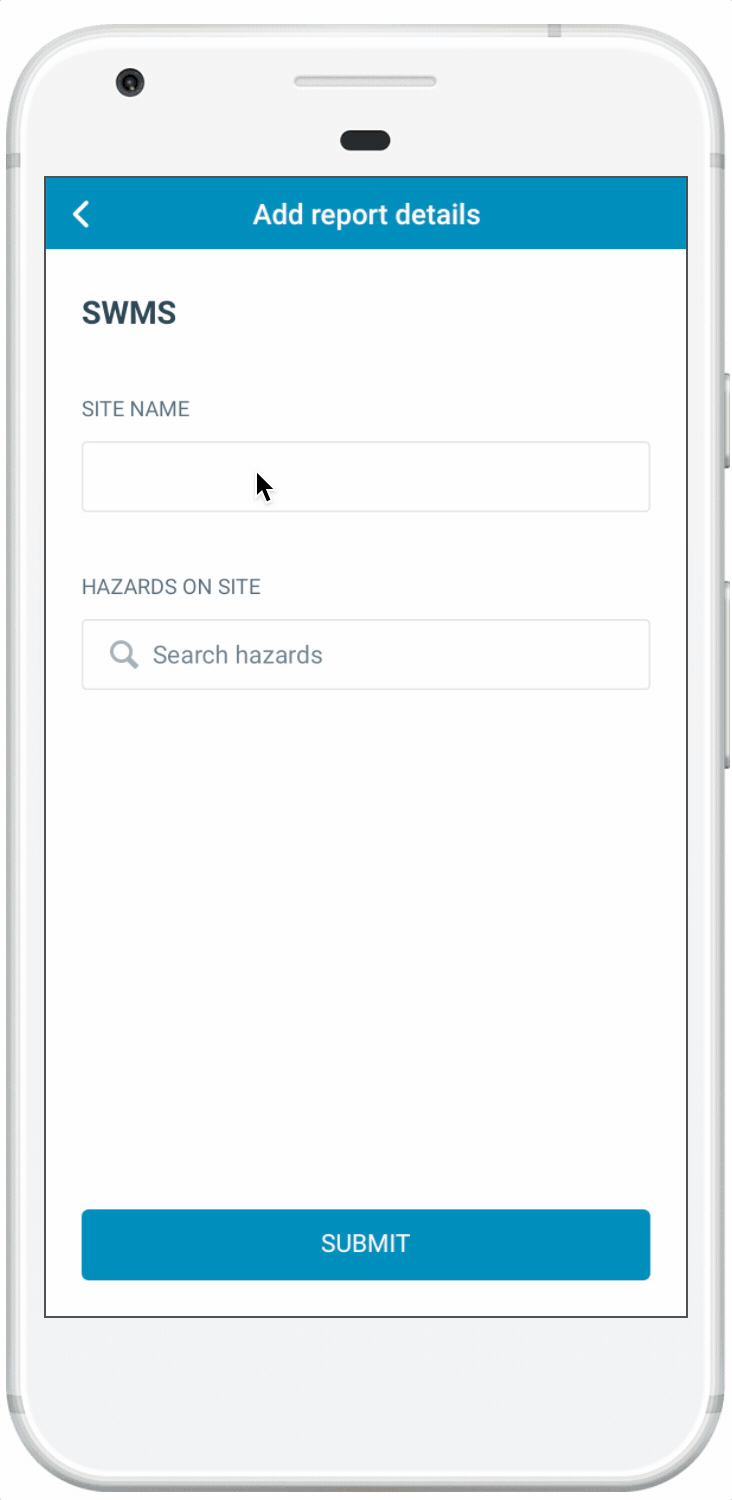Design Process
We decided to split this whole project into two stages:
- Creating the risk register within SaferMe and allowing users to use it for the purpose of live database, with the ability to print and share.
- Allow workers to access the risk register within health and safety forms. This will allow workers to search the register for hazards that pertain to their job.
After the workshop, I got pen and paper and started sketching the ideas. With paper sketches, it’s easy to share the ideas very quickly, while not getting bogged down with details.
Prior to this project, I created a design pattern library. This library allowed me to move from paper sketches to high-fidelity prototypes very rapidly.
Part 1: Creation of a risk register
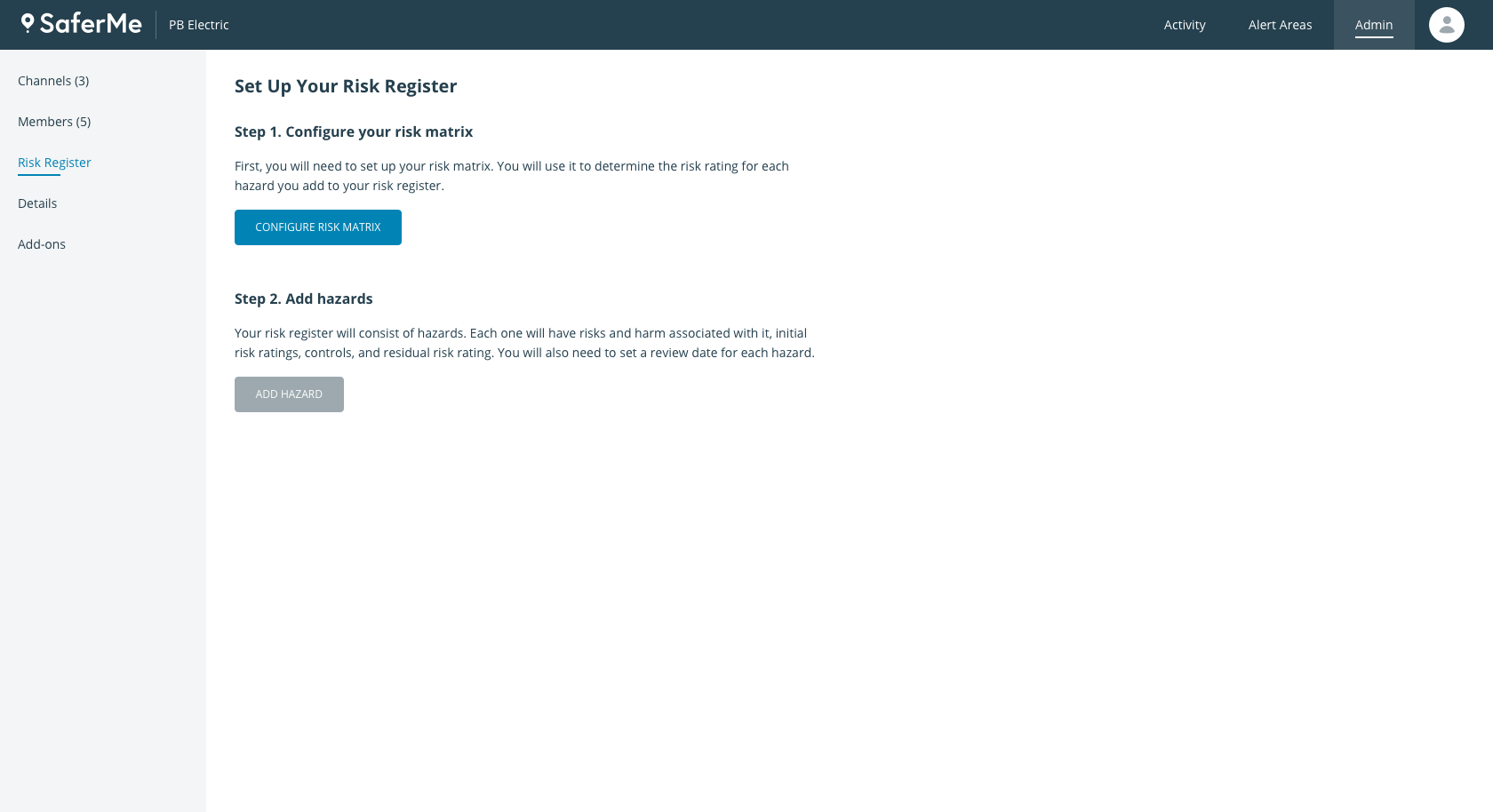
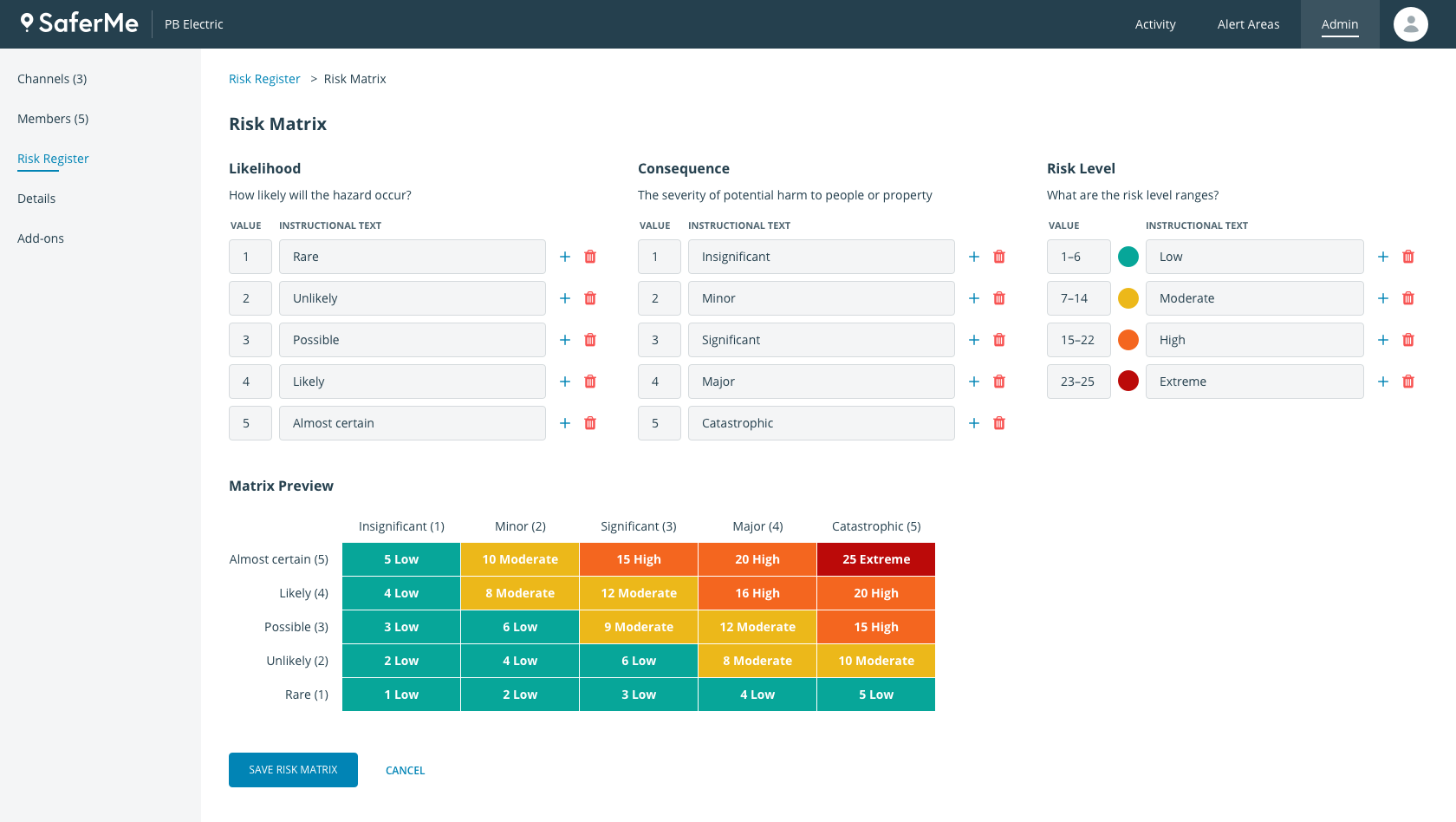
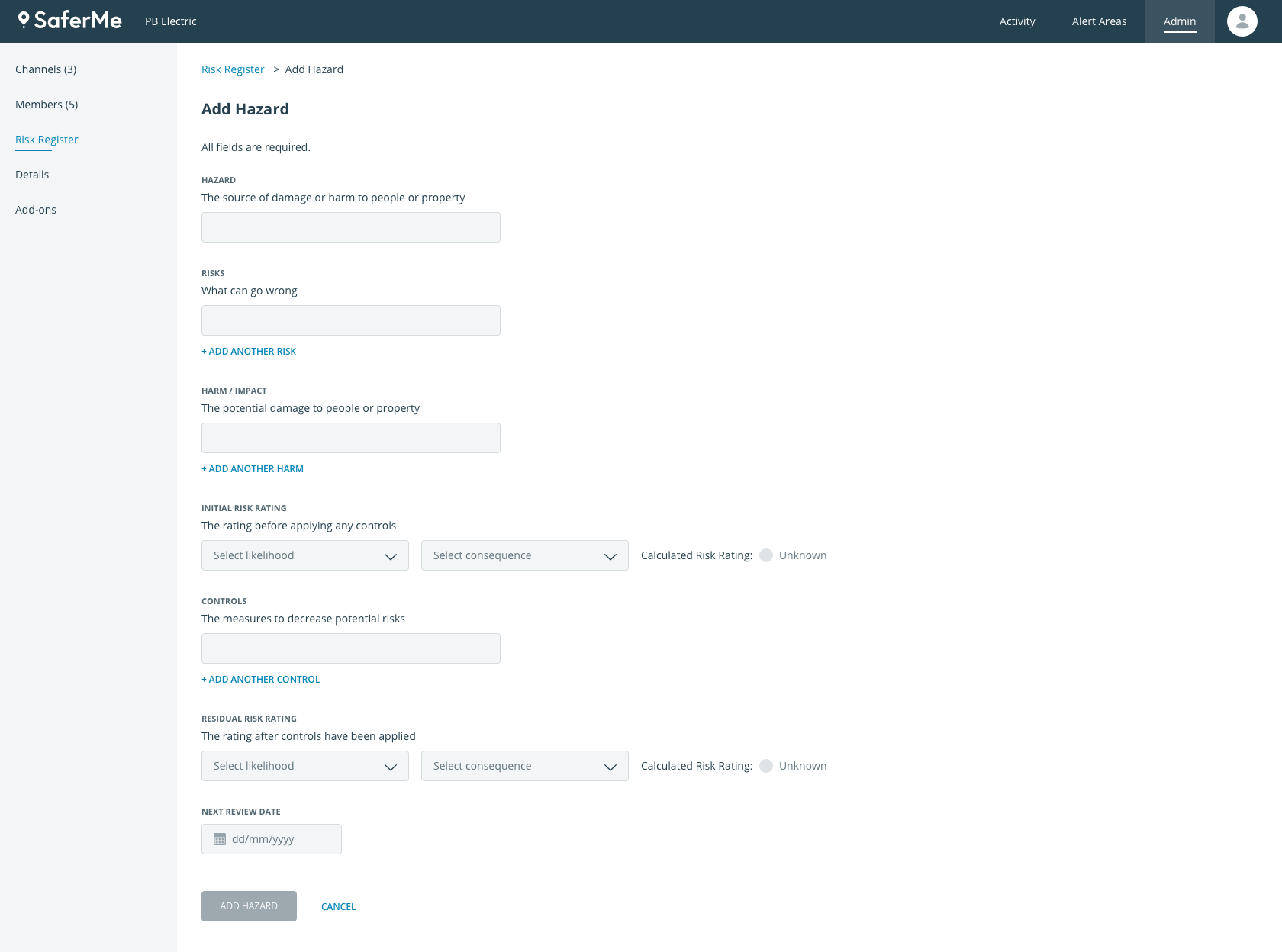
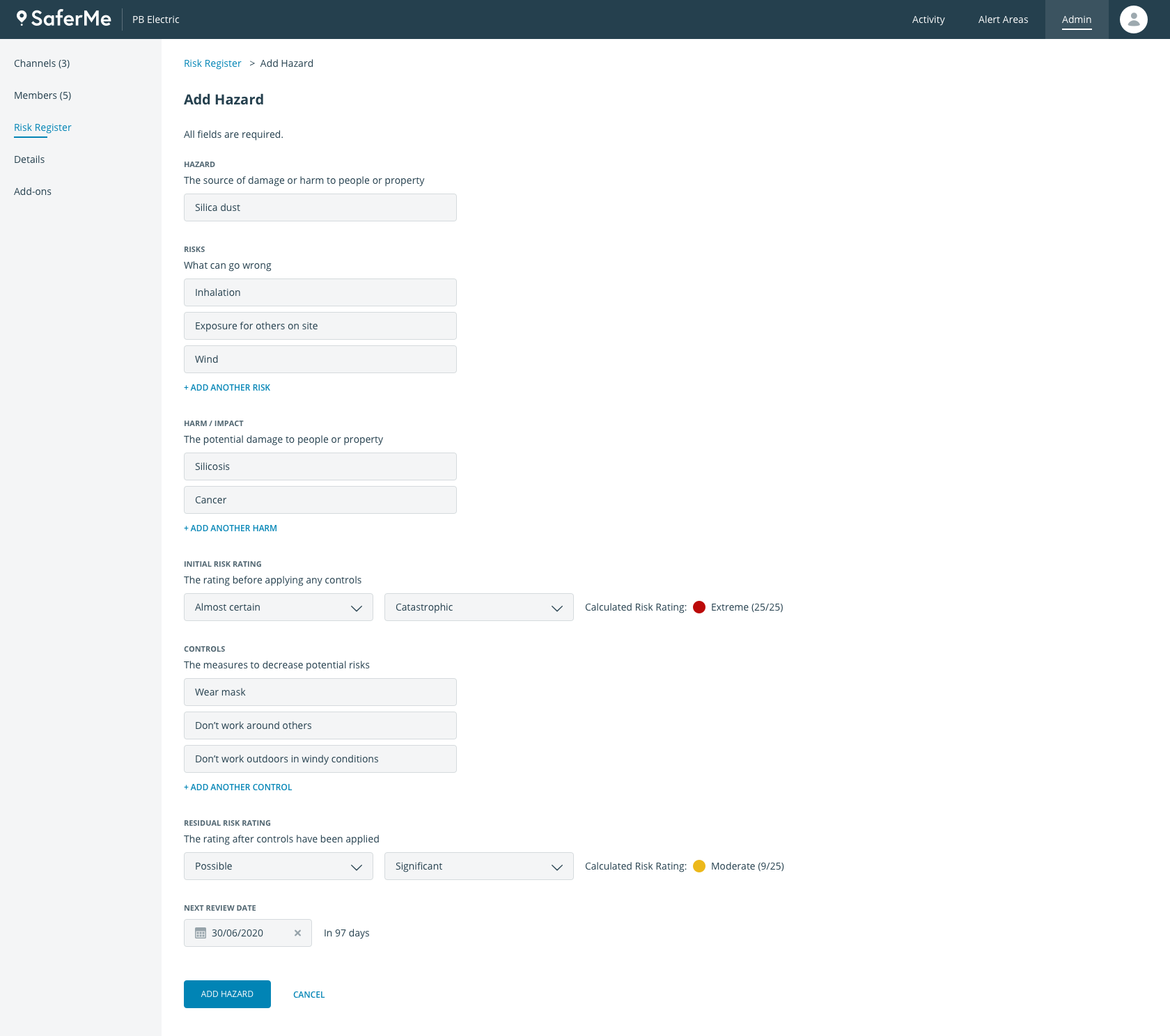
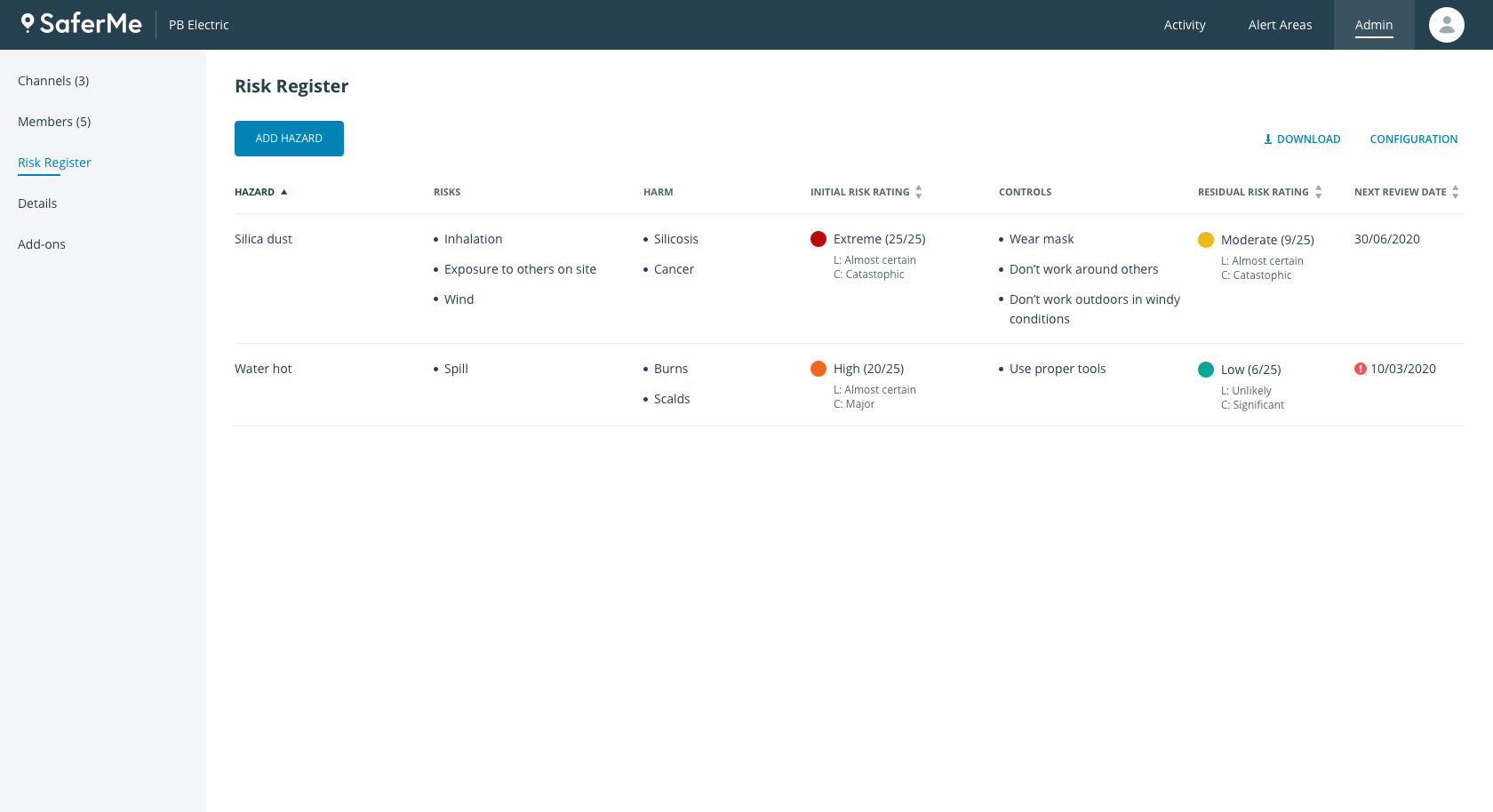
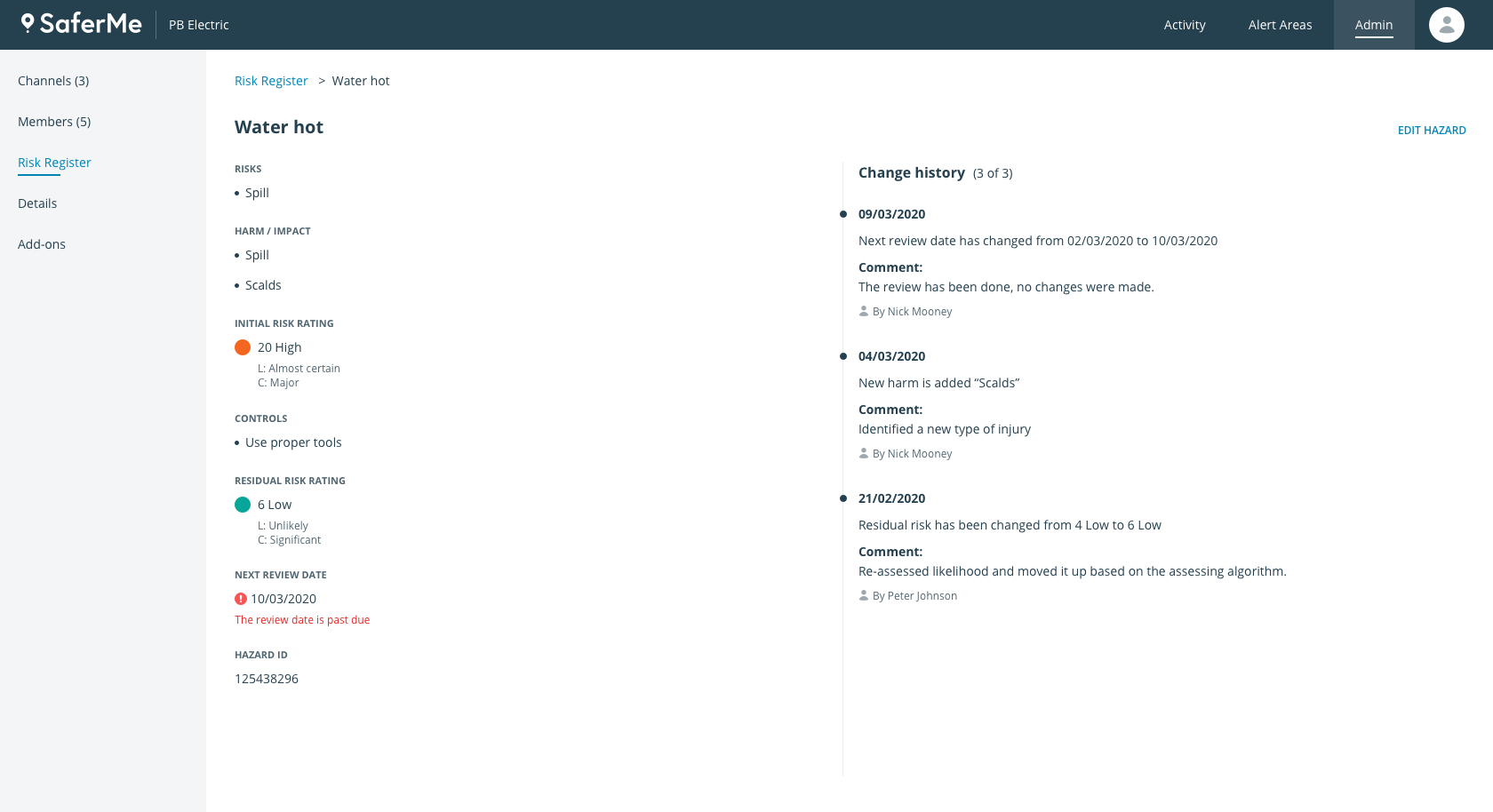
Part 2: Allowing to use the risk register within H&S forms
